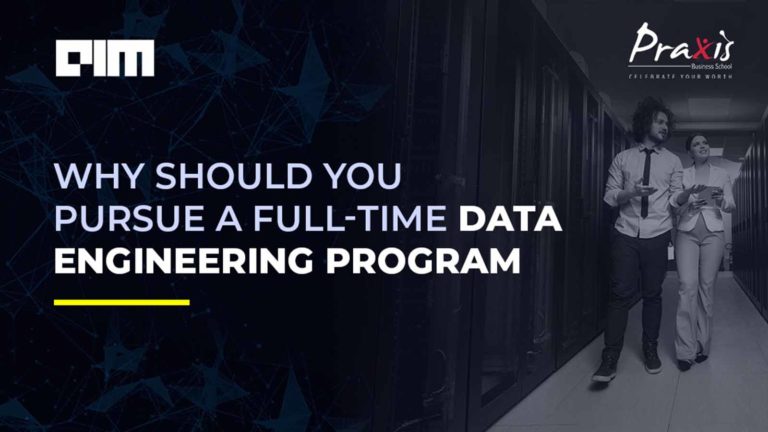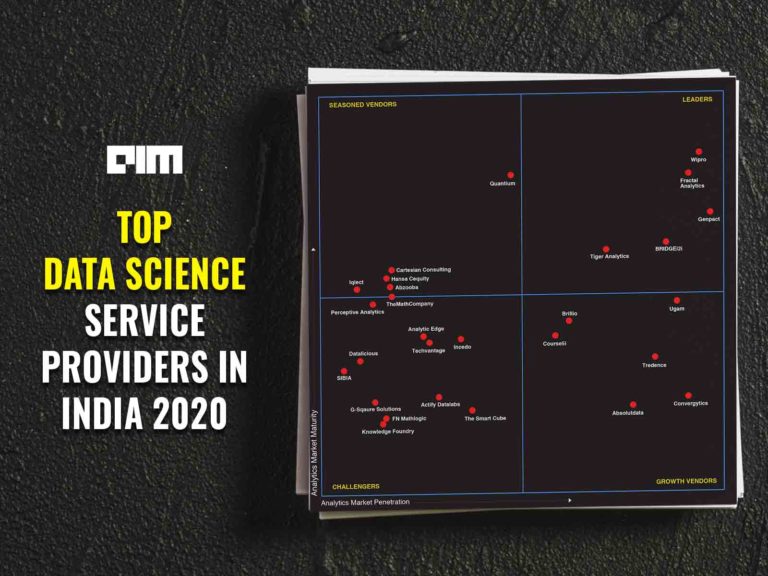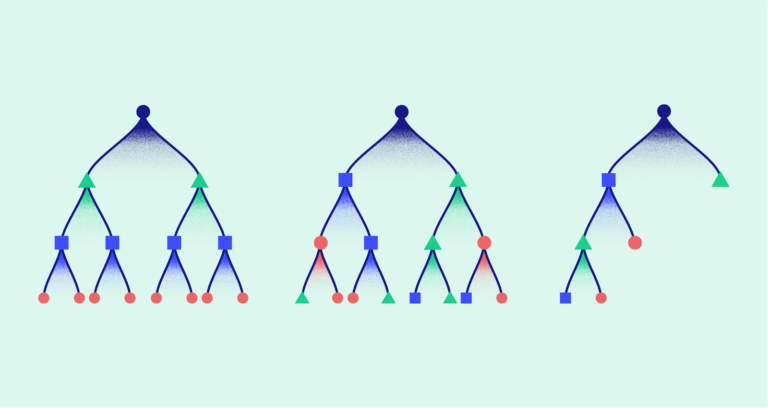Today open-source software development is used in many projects, and there is even a saying that open-source is eating the software world. Many great open-source projects make the code more transparent, reliable and active in the community, increase innovation, and reduce the development costs of enterprises and developers.
On the other hand, monetising an open-source project is always challenging. It will be difficult for teams and individuals to maintain and iterate open-source projects for a long time. Open-source and commercialisation are not contradictory, but are complementary and mutually reinforcing.
Building An Open-Source Community
Through the spirit of open-source and openness, companies can lower the entry for users to new software. If the project can help users solve certain problems, the community will grow larger and larger, ushering in more demand and product features. This way software products will have fewer bugs and more features that are adapted to meet new demands.
The second is that users may need commercial, technical support in the process of using the product. At this time, an open-source project summarises user needs and provides them with better services, and lets users feel that this community really wants to solve problems for them.
Some users hope to get some value-added services, including advanced version functions with extra features for the project for a paid subscription. In commercial practice, one is to open all source code without reservation and help users solve problems first. In this way, users may willingly pay for it and lead to a better commercialization process. One perfect example is the Red Hat Enterprise Linux
From this point of view, open-source software may be different from traditional software. Traditional software requires a large business development and sales team. On the other hand, the demand for open-source software and willingness to pay evolves among community users as products scale.
Leveraging The Scale Of Users
The next-generation open source business model is represented by open source startups like Hadoop which provide an enterprise version on the open-source version. Users can take advantage of the majority of the features in the open-source version. If you want to use the remaining additional functions, you will be charged.
Users are charged for using extra services to solve more needs along with advanced features and support. If users want to build this technology, it is going to be very complicated, and only open-source helps enterprises reduce costs to some extent. This calls for paying for the special features in a model which remains a freemium otherwise.
Now, in the era of open-source software, users try your software, they fully understand the software, but in the process of using it, they may have some problems that you can help solve, and users will take the initiative to reach out for extra support directly. This way, the cost of sales and marketing for businesses in the open-source market will be reduced. Although it is cool to open-source, in the end, you need to spend countless days and nights to write code. The success of an open-source project is closely related to the initial positioning and direction.
Integrating It With Other Projects In Open-Source Ecosystem
Open-source businesses also should determine the boundaries of their projects. Once the boundary of the project is determined, it can be better integrated into the open-source ecosystem. Programmers must restrain the idea of omnipotence when working on projects, set boundaries, and allow projects to better integrate and collaborate with the entire open-source ecosystem. In addition, for selecting projects, controlling the code quality of projects, and doing more agile iterations in functionality, the key to projects is the operation of projects.
Finally, we need to use open-source projects as a weapon to understand user needs. The best open-source projects are close to user needs from the first day. The project’s white paper, blueprint, and source code are open to the entire community, allowing users to use it and participate in community discussions. Before, it may be the programmer or the team that decides the direction of development, but after having open-source, you should start with the needs of users and ask them to give suggestions to projects. If you want to do an open-source project, you should communicate with users and the community with an open mind, and let the entire community slowly lead the development of projects.



















































































